The business-school linkage model is considered the key to training high-quality human resources to meet the needs of economic development and international integration.
Enterprise-centric strategy
MSc. Ho Duc Sinh said that Ho Chi Minh City University of Technology will continue to strengthen the connection between the school, businesses and students in a sustainable and practical way. The school aims for strategic cooperation with businesses in program development, teaching and research. In addition, the school will expand opportunities for internships, part-time jobs and develop a startup space for students to "learn while doing". Career forums, job fairs and digital data applications are also held regularly to manage and evaluate the effectiveness of three-way cooperation.
In the socio-economic development picture of the Southeast region, vocational education plays an increasingly key role. This is a direct source of skilled labor, contributing to the continuous operation of industrial parks and high-tech zones. However, to meet the requirements of the integration process, vocational education does not stop at just imparting skills but needs to be comprehensively modernized, closely linked to the practical needs of the market.
MSc. Le Thien Huy - Principal of Hoa Sen Vocational College affirmed that the joint training model brings three core benefits to students. Firstly, students have the opportunity to gain practical experience and are ready to enter a professional working environment immediately after graduation.
Second, the process of interacting with businesses helps them absorb operational thinking, management processes and organizational culture, thereby promoting innovation. Finally, students who nurture startup ideas will receive a realistic view of the market, determine the right time, skills to equip and challenges to face, instead of just building a plan based on theory.
To realize that vision, Hoa Sen Vocational College puts businesses at the center of its development strategy. Mr. Le Thien Huy said that the school regularly updates the "core" of its training program based on actual needs, invites experts and managers from businesses to teach directly, and takes advantage of its location at Quang Trung Software Park to connect with the business community. "This model not only solves the human resource problem for businesses but also attracts investment and develops the local economy when students confidently return to contribute," Mr. Huy shared.
MSc. Le Hoang Binh Nguyen - Vice Principal in charge of training at iSPACE College of Cyber Security (Thu Duc Ward, Ho Chi Minh City) commented that this is a strategic shift from "training according to what we have" to "training according to what the market needs". In the context of the Southeast region adjusting its economic structure, investment in vocational education has become urgent. Linking with businesses is the most effective way to narrow the gap between the classroom and reality.
At iSPACE, the motto “Learning by Doing” is realized through a network of business connections from program development to student capacity assessment. In addition to its strength in cybersecurity, the school has expanded its training to “hot” industries such as automotive technology, health and beauty care, and foreign languages, leading the development trends of the region. This model also forms a learning and creative ecosystem, where students can both study in class and participate in real-life projects under the guidance of experts, nurturing startup ideas.
From a business perspective, Mr. Huynh Trong Van - CEO of the Joint Stock Company for Investment and Support of Innovative Startups, highly appreciated the decision to promote investment in higher education and vocational education in Ho Chi Minh City and neighboring provinces. According to him, the goal by 2030 is to have 3 million enterprises nationwide, which means a corresponding demand for high-quality human resources.
The current generation of students has the advantage of technology and innovative thinking, but lacks practical experience. Therefore, the coordination between schools, businesses, industrial zones and state management agencies to create conditions for students to study, work and research is extremely necessary. Students who have accumulated enough internship hours can be exempted from the final internship, instead of considering it as just an administrative procedure.
“The constant innovation of Ho Chi Minh City will help us have a team of bachelors fully equipped with knowledge, experience, great ambition, ready to compete and create momentum for the City, while contributing to the overall development of the whole country,” Mr. Huynh Trong Van expressed his hope.

The key to modernization
If vocational education emphasizes “doing to learn”, then university education is entering the stage of “learning to innovate and lead”. In that context, the link between schools and businesses is considered the “golden key” to modernize university education, helping students not only master theory but also master technology and creative thinking.
MSc. Ho Duc Sinh - Director of the Center for Enterprise Cooperation, Ho Chi Minh City University of Technology (HUTECH) said that the center is a bridge between the school and businesses. This place helps students access professional practices, while creating opportunities for businesses to directly participate in the training process, ensuring that students graduate with knowledge and skills.
At HUTECH, many engagement models have become practical activities. The school organizes recruitment fairs for economic and technical sectors; "Enterprise recruitment interviews" program both in person and online; corporate visit and internship programs; skills training sessions such as "Conquering employers", "Exchanging with entrepreneurs", "Dialogue with CEOs"...
The center also coordinates with faculties and institutes to design training programs according to business orders to improve employee capacity. At the same time, they regularly discuss with business leaders and industrial park management boards to grasp human resource needs, especially in key and spearhead industries serving economic development.

Not only HUTECH, Ho Chi Minh City University of Economics and Finance (UEF) has also developed a series of programs to help students research, experience internships and participate in real projects with businesses. Master Chu Phuong Nhung - lecturer at UEF Project Design Training Center - said that the Center has implemented the Project Design course, where students can develop and implement creative ideas.
This unit also organizes competitions and poster exhibitions for students to introduce their products and receive feedback from lecturers and experts. They are also encouraged to participate in domestic and international startup competitions; thereby, training their courage, promoting creativity and expanding connections with the innovation ecosystem.
However, Ms. Nhung pointed out that the challenge of this cooperation model is maintaining long-term, sustainable connections with businesses. The school always has to balance academic requirements with practicality, while mobilizing technological resources and interdisciplinary coordination is still limited.
MSc. Ho Duc Sinh added that currently, technology and the labor market change rapidly, while training programs take time to update. Meanwhile, students' digital and foreign language skills are uneven, creating a gap between businesses' expectations and actual capacity.
“The problem for schools is to balance theory and practice, between short-term market needs and long-term training goals. With an application orientation, HUTECH has the flexibility to update its programs to meet reality,” Mr. Ho Duc Sinh emphasized.

Leading innovation and international integration
From a macro perspective, Associate Professor Dr. Nguyen Xuan Te - former Principal of the Ho Chi Minh City School of Educational Management affirmed that university education is not only linked with technology but also with international integration, enhancing the competitiveness of Vietnamese schools on the world map.
To modernize, it is necessary to remove institutional bottlenecks and promote the autonomy of universities, according to Associate Professor Dr. Nguyen Xuan Te, if the teaching staff and management staff are not upgraded, it will be difficult to meet the requirements of the new era. The application of artificial intelligence and deep integration into globalization requires Vietnamese universities to truly innovate, not just stop at slogans.
In addition, schools need to focus on research and encourage innovation. In many countries, research universities are the driving force for socio-economic development. In Vietnam, although this field is still limited, the positive signal is that both the public and private sectors are starting up strongly.
In fact, many universities such as: University of Technology (Ho Chi Minh City National University), Viet Duc, Van Lang… have invested in research centers, modern laboratories and increased international cooperation. Many works of lecturers and students have been published in prestigious journals, affirming the academic position of Vietnam.
The trend of linking research with businesses is becoming more evident as many schools implement public-private partnership projects: businesses sponsor laboratories, order research; lecturers and students directly implement. This is a mutually beneficial model: businesses own innovative products, schools have scientific projects, students study in a real-life environment.
Regarding the connection between universities and businesses, Associate Professor Dr. Nguyen Xuan Te said that the problem does not lie in the word "right" or "wrong" but in the way of organizing and implementing it effectively. Resolution 71-NQ/TW of the Politburo has clearly pointed out that the biggest bottleneck today is the institution. Therefore, to create a breakthrough, we must focus on removing institutional obstacles and strongly promote the autonomy of universities. This is the secret to sustainable development of Vietnamese higher education.
From the practice in the Southeast region, research universities are not only an inevitable trend but also a driving force for Vietnam to integrate internationally. When new knowledge is created right in domestic laboratories, we will be more proactive in competition, not completely dependent on technology transfer from outside.
Many multinational corporations, when making investment decisions, not only pay attention to tax incentives but also prioritize the quality of local human resources. According to MSc. Le Hoang Binh Nguyen, if we can prove our ability to supply highly skilled labor, we will have a great advantage. However, the current challenge is to continuously upgrade equipment and arrange suitable schedules between lecturers and experts.
Mr. Le Hoang Binh Nguyen proposed to build a common coordination mechanism, as well as establish a regional connection platform between schools and businesses. The goal is to optimize resources, while forming a transparent and dynamic labor market, promptly responding to investors' requirements.
Source: https://giaoducthoidai.vn/trien-khai-nhiem-vu-nam-hoc-moi-tao-buoc-dot-pha-cho-vung-kinh-te-trong-diem-post749180.html


![[Photo] General Secretary To Lam receives Vice President of Luxshare-ICT Group (China)](https://vphoto.vietnam.vn/thumb/1200x675/vietnam/resource/IMAGE/2025/11/15/1763211137119_a1-bnd-7809-8939-jpg.webp)


![[Photo] Prime Minister Pham Minh Chinh meets with representatives of outstanding teachers](https://vphoto.vietnam.vn/thumb/1200x675/vietnam/resource/IMAGE/2025/11/15/1763215934276_dsc-0578-jpg.webp)
![[Photo] Panorama of the 2025 Community Action Awards Final Round](https://vphoto.vietnam.vn/thumb/1200x675/vietnam/resource/IMAGE/2025/11/15/1763206932975_chi-7868-jpg.webp)

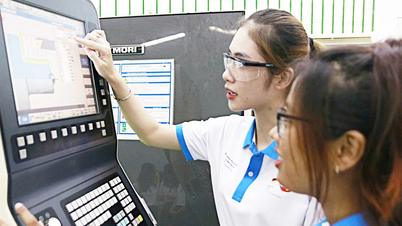








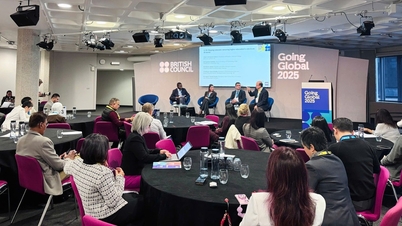

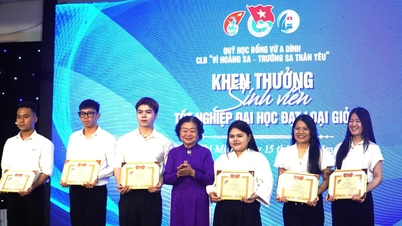
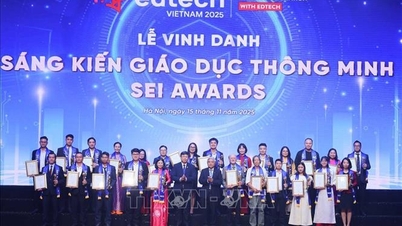
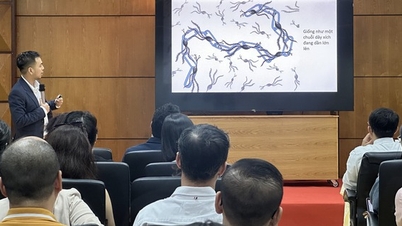

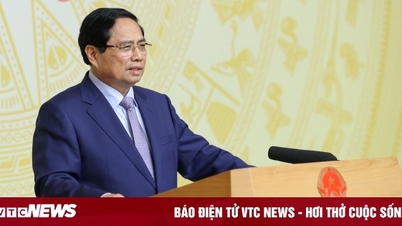

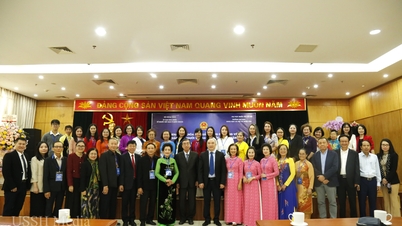

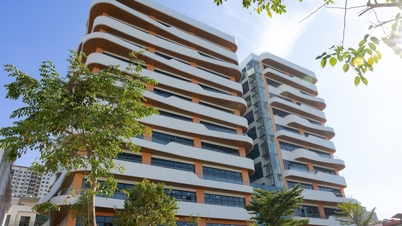






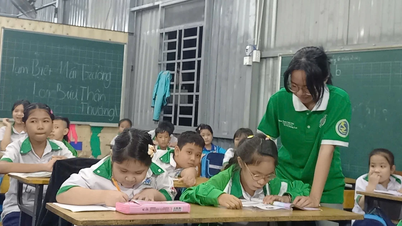

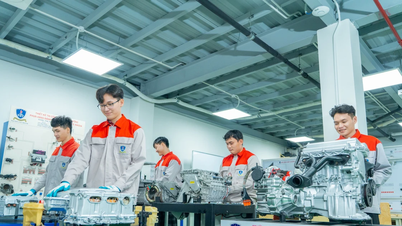
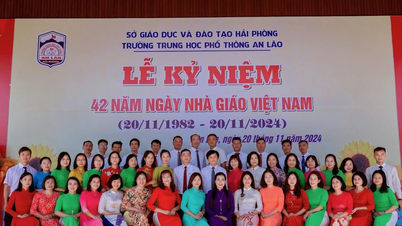




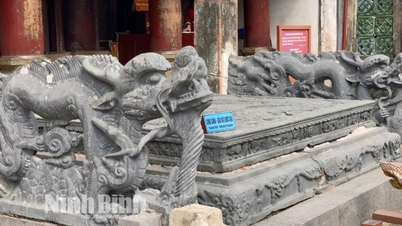




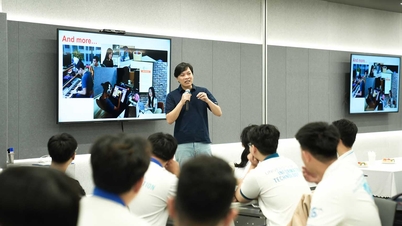










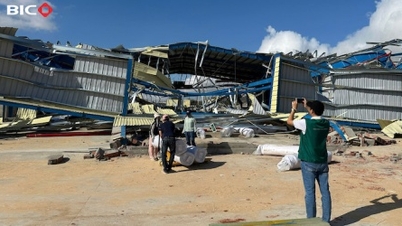







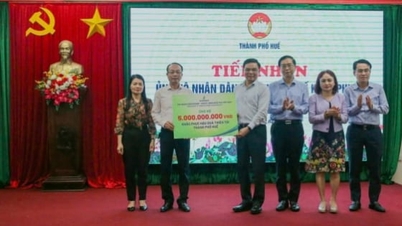





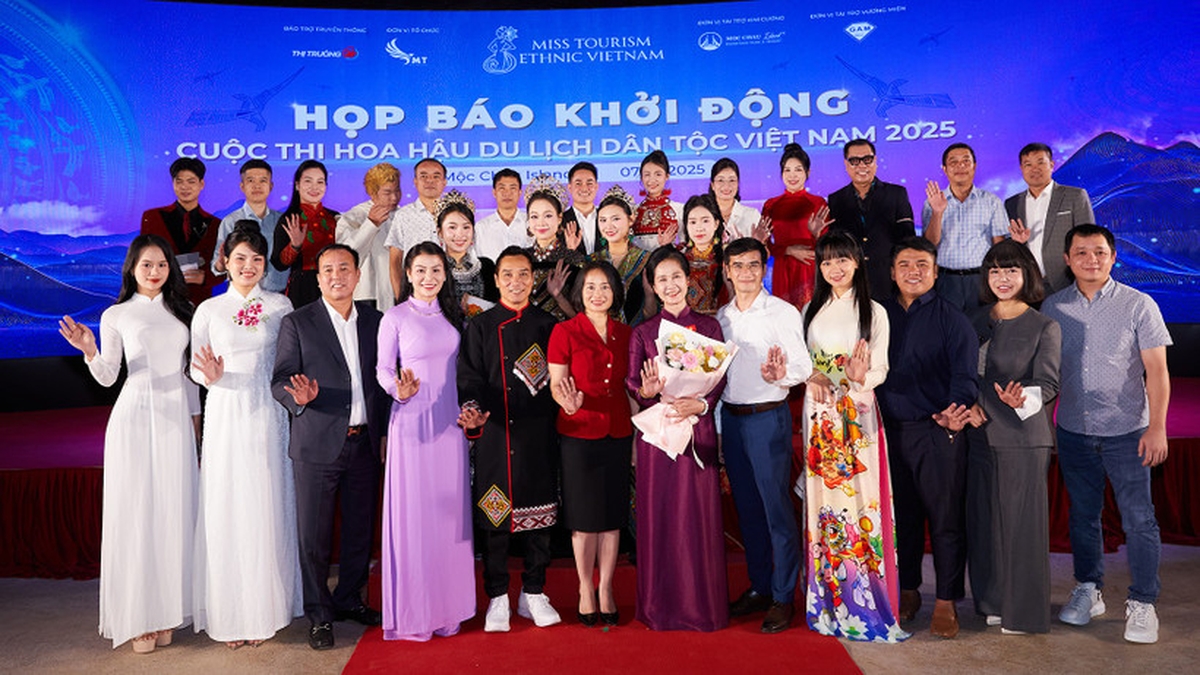
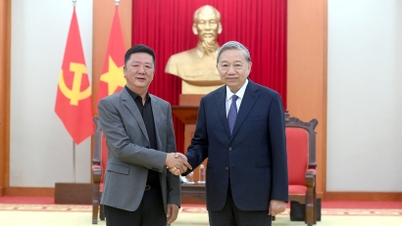

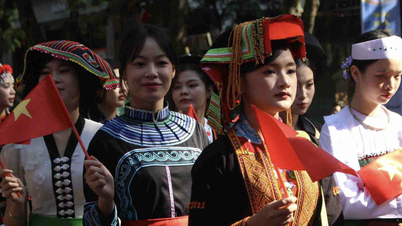

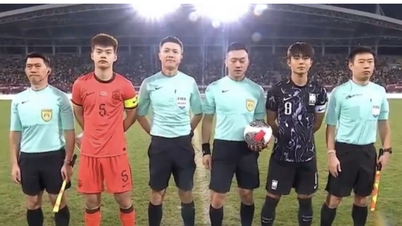
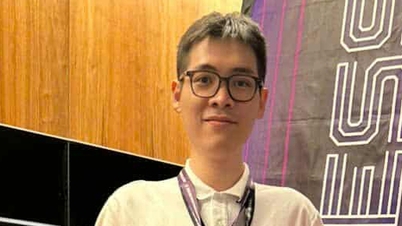
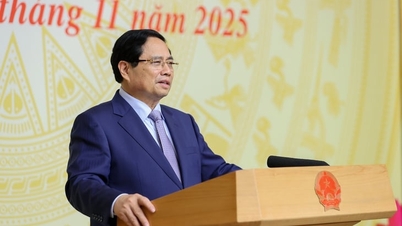
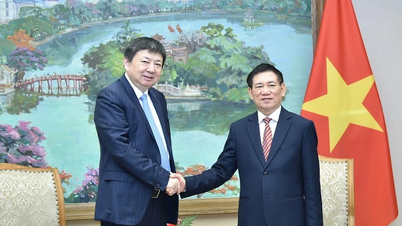


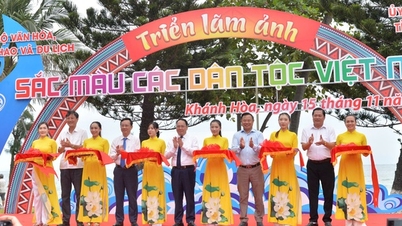

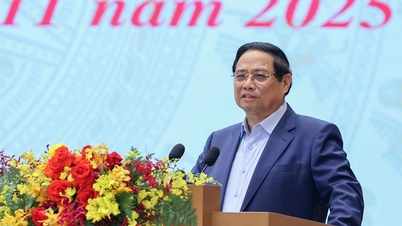
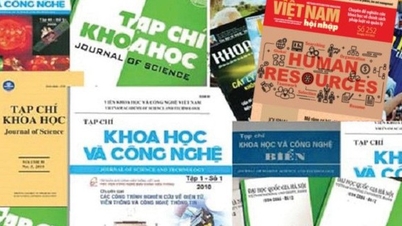
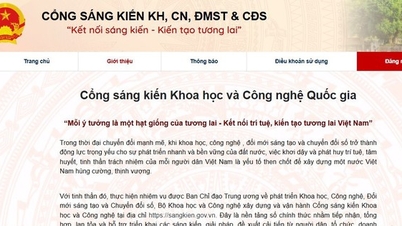










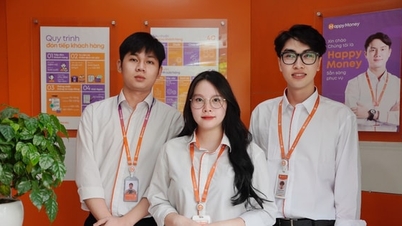
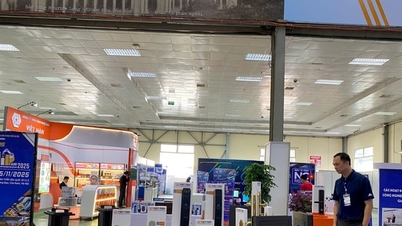


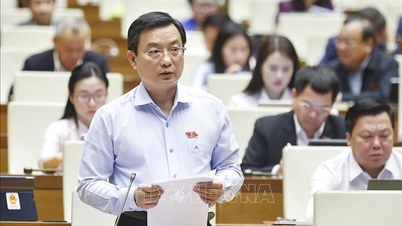






Comment (0)